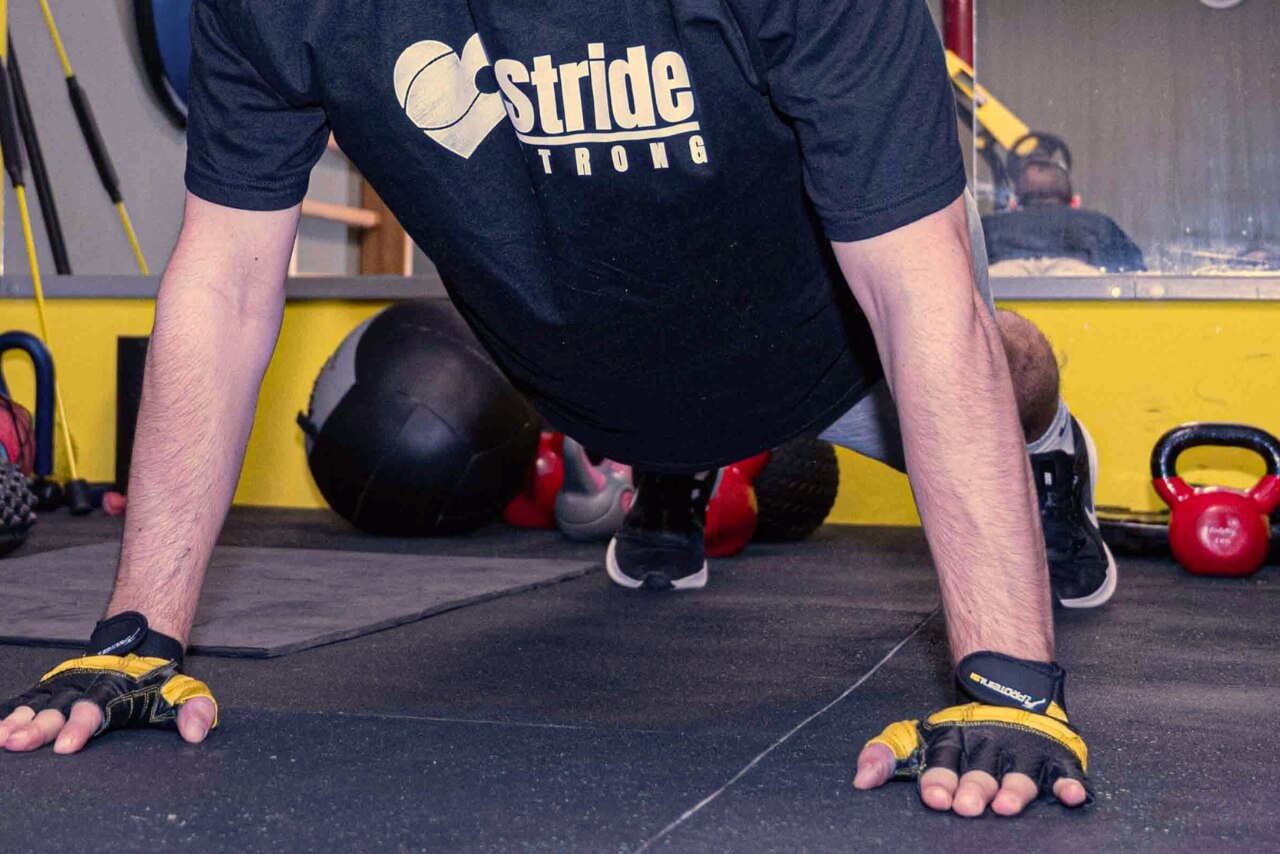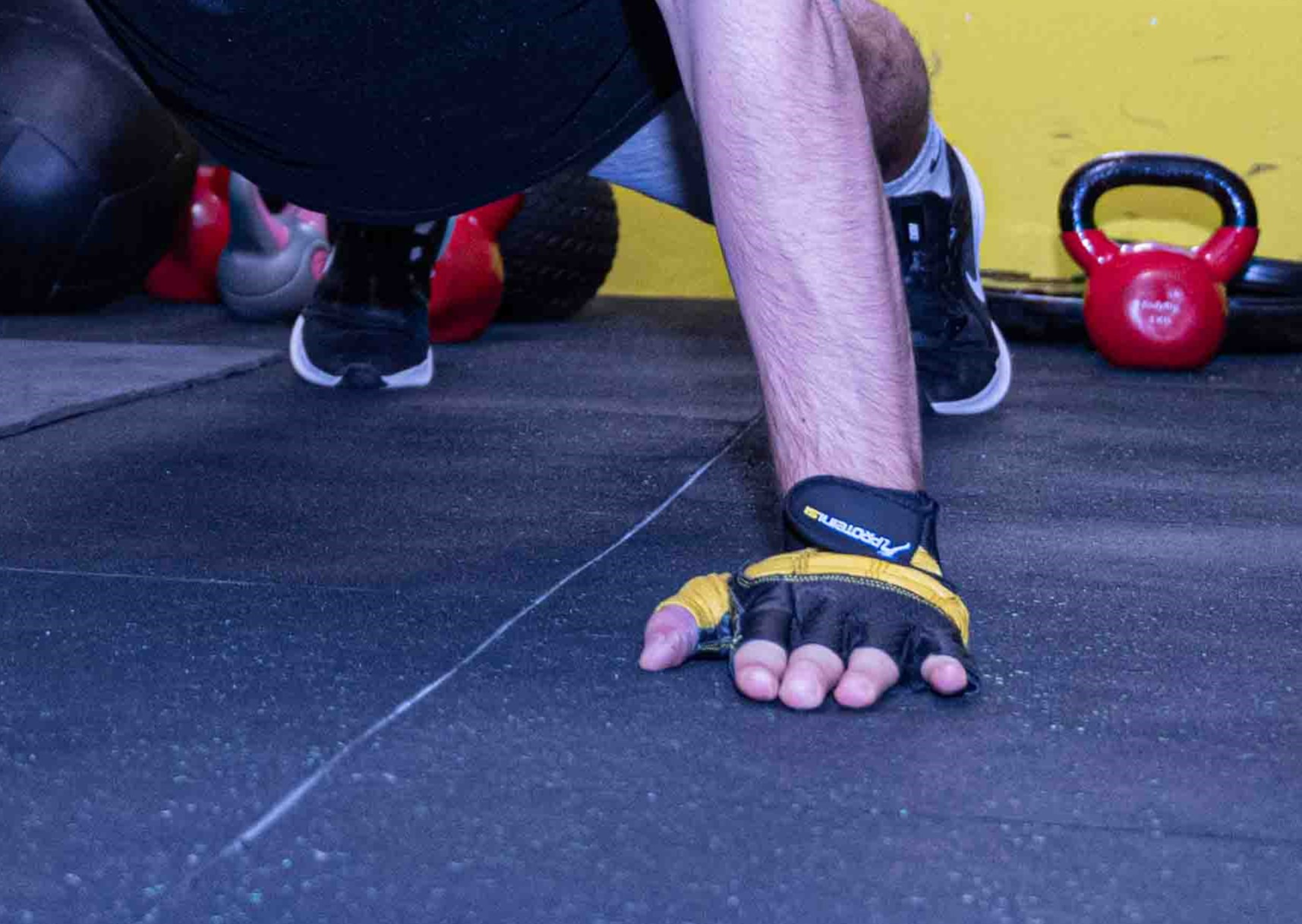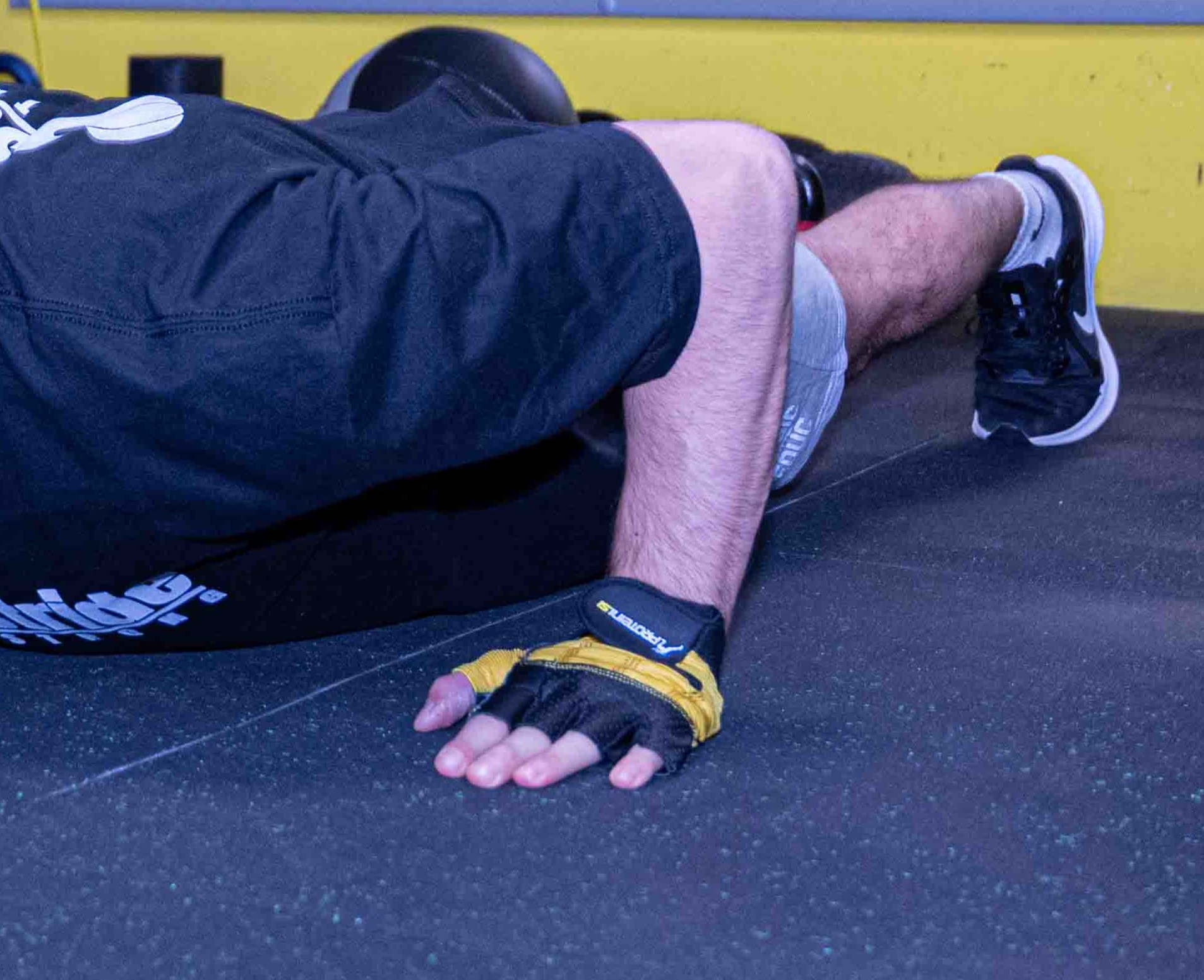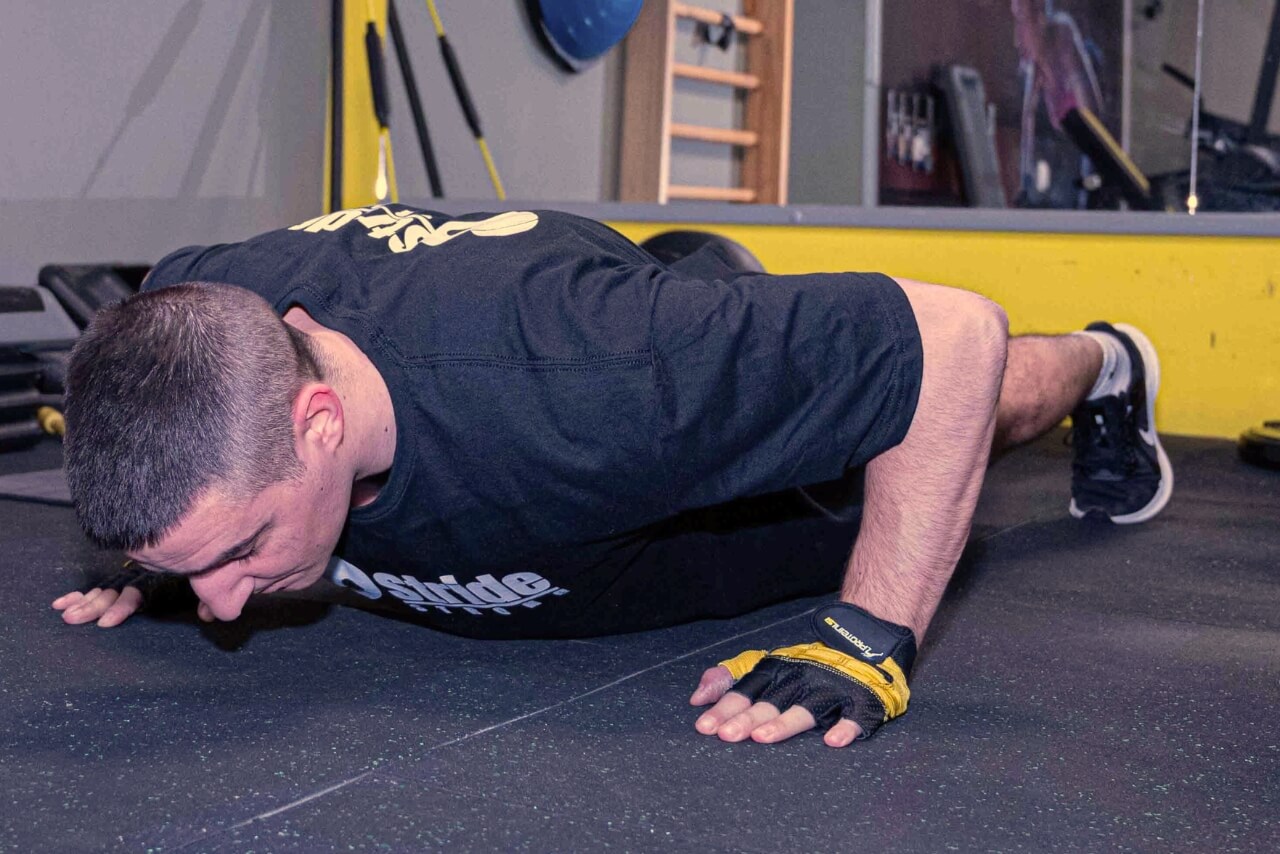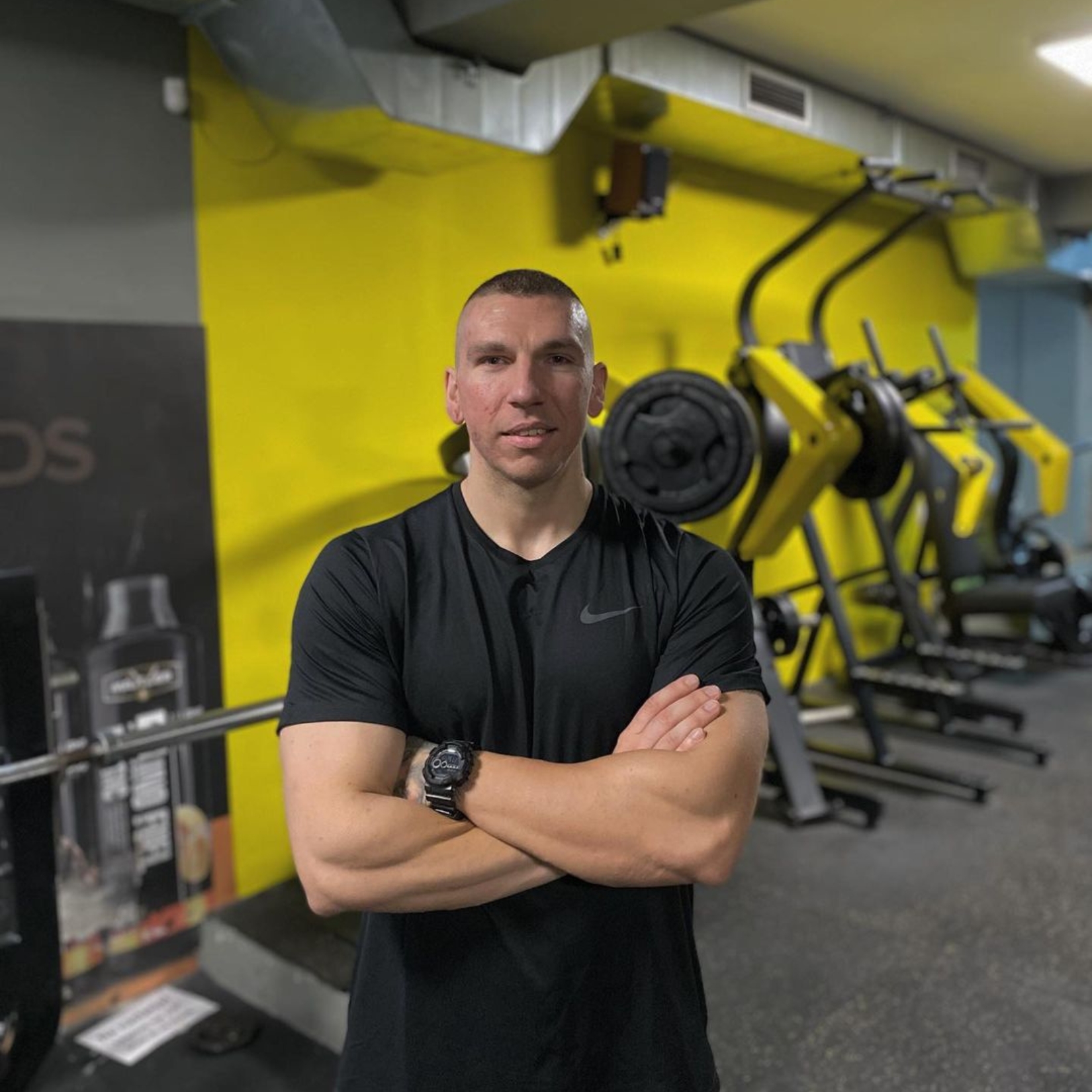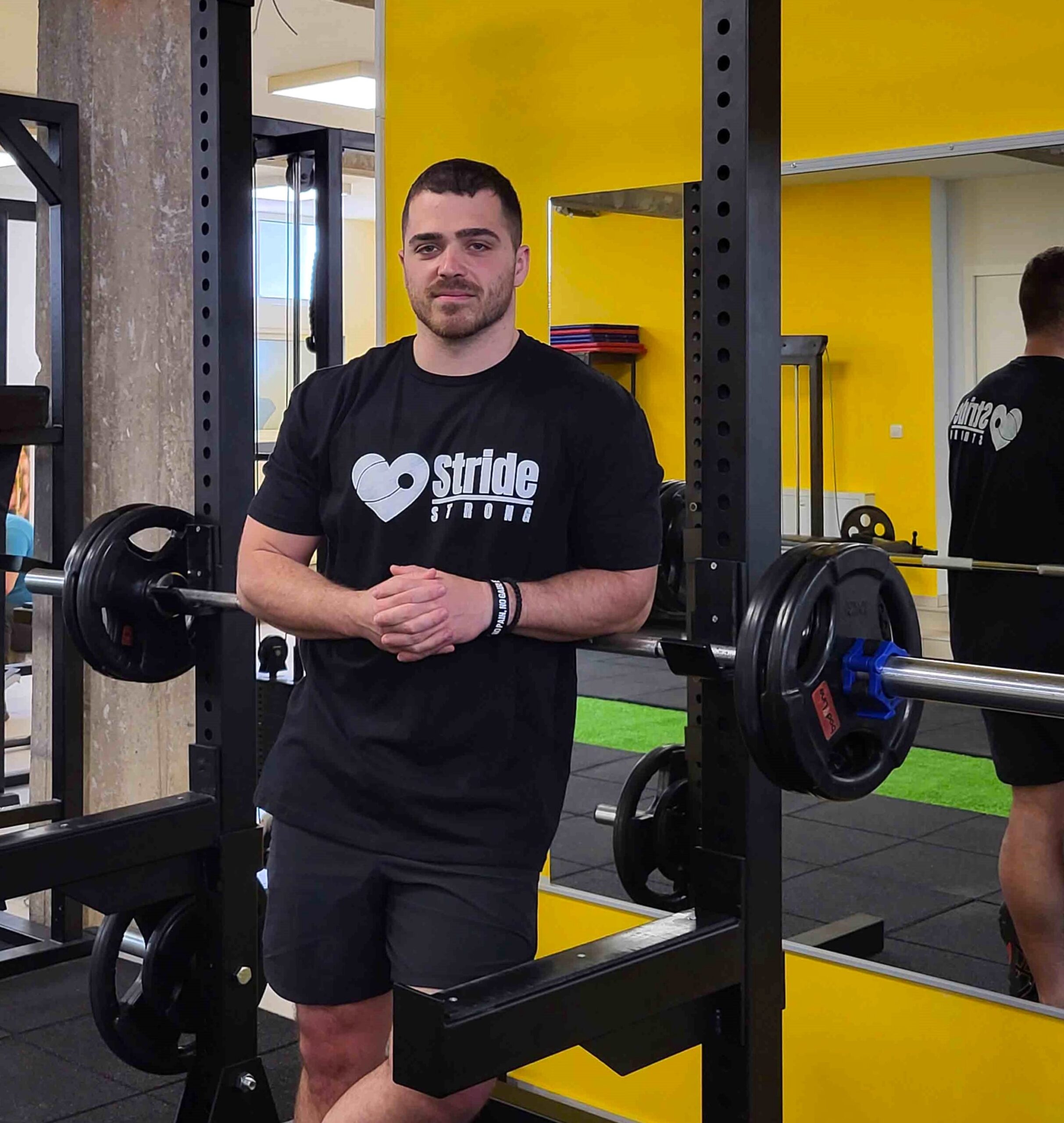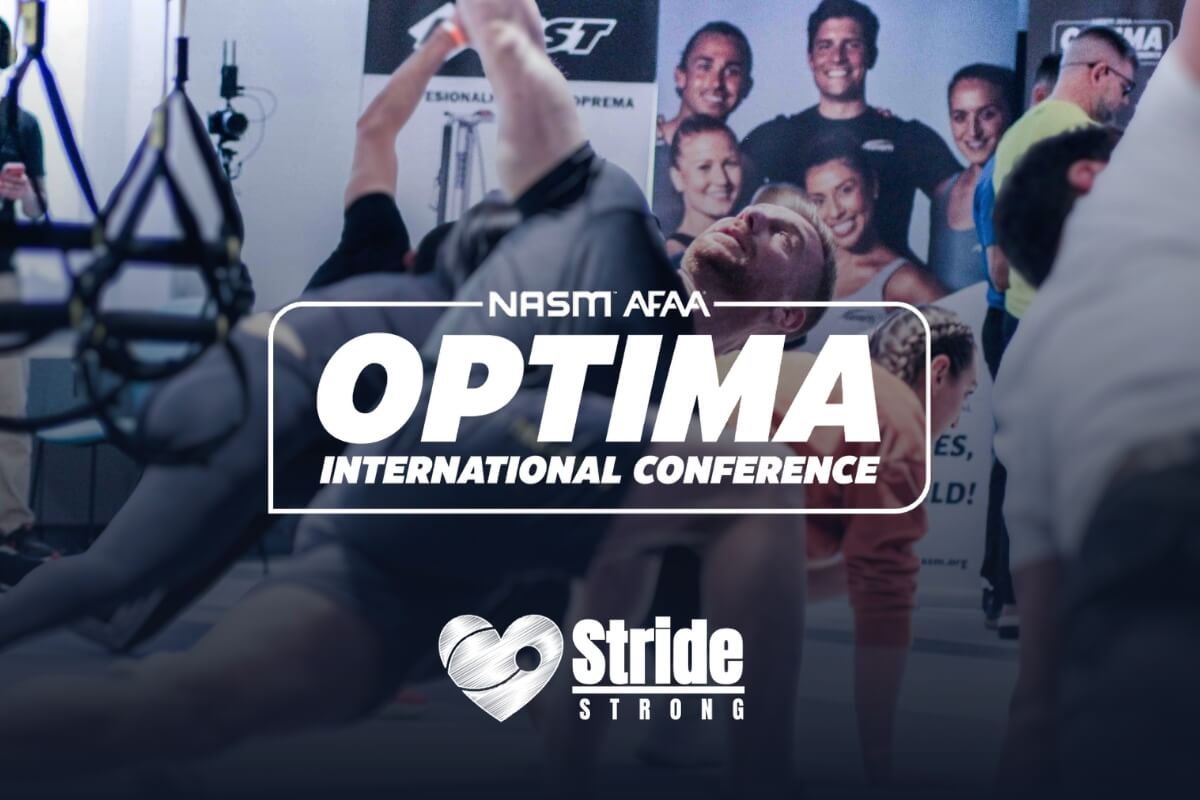Push-ups are not really a favorite exercise among my clients, but I tend to give them very often due to their benefits. They are a total body workout that strengthens and tones your chest, arms, shoulders, core, and legs. Beyond muscle building, this exercise enhances your functional strength for daily activities, from carrying groceries to lifting a child.
Yet, despite its effectiveness, many people struggle to perform it correctly or underestimate its benefits. Well, with this guide I aim to change that!
Key Takeaways
Proper Technique
1. Hand Position
Your hands should be shoulder-width apart or slightly wider, which provides a stable base and ensures proper muscle engagement. Aligning them under your shoulders allows for efficient force distribution during the exercise. Rotating your hands slightly can reduce wrist discomfort, enabling a longer, more productive workout session.
2. Feet Position
A shoulder-width stance offers stability and promotes a straight body alignment, which is crucial for engaging the correct muscles. Adjusting your feet’s width can change the difficulty level of the push-up, allowing for customization based on your strength and stability.
3. Core Engagement
My clients mostly struggle with this part. Actively engaging your core and glutes stabilizes your spine and pelvis, preventing lower back sagging or arching. This engagement is key to maintaining proper form and ensuring the push-up effectively strengthens the targeted muscle groups.
Focus your gaze slightly ahead rather than directly down to keep your neck in a neutral position, aligning it with the rest of your spine.
4. Elbow Bend
Lower your body until your elbows reach a 90-degree angle to maximize muscle engagement without putting undue stress on the joints. Keeping your elbows close to your body targets the chest and triceps more effectively and reduces strain on the shoulders.
This technique also ensures a more intense and efficient workout by challenging the muscles through a full range of motion.
5. Push Up
Pressing through your hands to return to the starting position not only works the upper body but also engages the core and legs. You can also try knuckle push-ups as it can be a bigger challenge if you find regular ones too easy. This upward phase of the push-up should be smooth and controlled, emphasizing muscle engagement over momentum.
Breathing out as you push up can help maintain stability and focus throughout the exercise.
Additional tips
- Ensure your body forms a straight line from your head to your heels. This is critical for effective muscle engagement and avoiding injury. This alignment engages the core and maintains proper posture throughout the exercise.
- Avoid hip sagging or lifting to keep the focus on the intended muscle groups and prevent lower back strain. Consistently monitor your form, perhaps by using a mirror or video feedback. It can help you correct these common mistakes.
- Stop the exercise at the first sign of pain to prevent injury. Pain can indicate improper form or an underlying issue that needs addressing. Adjust your technique or consult a fitness professional.
What are the benefits of this exercise?
It’s a total body exercise
While many perceive push-ups as primarily an upper-body workout, they actually engage a wide range of muscle groups. In addition to working the chest, shoulders, and arms, this exercise also activates the muscles in the core, back, and legs. This full-body engagement helps improve muscular balance and increases overall strength.
By involving multiple muscle groups, push-ups also help in burning more calories compared to isolated exercises, contributing to fat loss and improved body composition.
Builds functional strength
Regular push-up practice builds functional strength, enhancing the ability to perform daily activities with ease. This type of strength is applicable in real-world scenarios, such as lifting heavy objects or pushing against resistance.
Functional strength developed through push-ups can also improve posture and reduce the risk of injuries by strengthening the stabilizing muscles around the joints.
You don’t need any equipment
Personally, I love this exercise because of its convenience. Push-ups are an ideal exercise for maintaining fitness while traveling or when you can’t go to the gym. There are no excuses you could use!
Also, they can be easily modified to increase or decrease difficulty, which makes them suitable for all fitness levels.
Who should (or shouldn’t) do push-ups?
Push-ups are suitable for almost anyone looking to improve their strength, endurance, and overall fitness. They can be easily modified to match the fitness level and capabilities of the individual, making them a flexible exercise option for both beginners and advanced athletes.
Individuals with existing shoulder, chest, or core injuries should exercise caution with this exercise. The repetitive motion and pressure on these areas can exacerbate certain conditions, so it’s crucial to seek medical advice before starting push-ups or any new exercise regimen.
To avoid future injuries and complications be sure to watch this video:
Push-up modifications
For beginners
| Push-Up Variation | Description | Benefits |
|---|---|---|
| Knee Push-Ups | This variation reduces the amount of body weight you have to lift, making the exercise more manageable for beginners. | – Allows focusing on form – Builds strength without the full intensity of standard push-ups |
| Incline Push-Ups | Performing push-ups with your hands on an elevated surface decreases the angle and the amount of body weight you need to push. | – Excellent for gradually building upper body strength – Helps in maintaining proper form |
For advanced practitioners
| Variation | Description |
|---|---|
| Decline Push-Ups | Elevating your feet increases the exercise’s difficulty by adding more body weight to push and targeting the upper chest and shoulders more intensively. This variation is suitable for those looking to challenge their strength and endurance further. |
| Triangle Push-Ups | Placing your hands in a triangle shape beneath your chest shifts the focus to the triceps and adds a stability challenge. This variation not only strengthens the arms but also requires and builds core strength for balance. |
| Elbows-Back Push-Ups | Keeping your elbows straight back and close to your body emphasizes tricep engagement. This variation is more challenging and helps develop arm strength and definition by focusing on a smaller muscle group with each repetition. |
FAQs
How often should I do push-ups to see improvement?
Consistency is key; doing these 3-4 times a week allows for muscle recovery and growth, leading to strength improvement over time.
Are push-ups effective for weight loss?
Yes, when combined with a balanced diet and regular cardiovascular exercise, this exercise helps build muscle, which in turn increases metabolism and aids in weight loss.
Can doing push-ups every day lead to overtraining?
Yes, performing this exercise daily without rest can lead to overtraining, resulting in fatigue and decreased performance. It’s important to allow muscles time to recover and grow.
Is it better to do fast or slow push-ups?
Slow push-ups increase muscle time under tension, improving strength and muscle growth, while fast push-ups can enhance power and cardiovascular endurance. Both have benefits depending on your fitness goals.
Do push-ups help reduce belly fat?
Push-ups alone cannot target belly fat, as spot reduction is a myth; however, they can help reduce overall body fat as part of a comprehensive exercise regimen and healthy diet.
Related Posts:
- How To Do a Proper Front Squat: 5 Mistakes to Avoid
- The Benefits of Outdoor Exercise - Why You Should…
- 6 Best At-Home Workout Routines (Training Without a Gym)
- Bodyweight Workout for Beginners (20-Minute at Home Routine)
- The 20-Minute Hotel Room Workout - 10 Quick Exercises
- Get Your First Pull-Up in 30 Days - Just Follow This Guide

